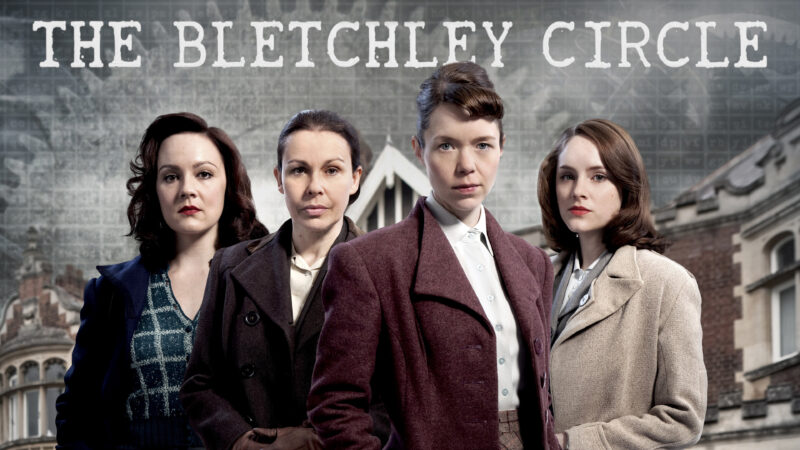The Family Stone (2005): Holiday Tensions, One Dinner Table, and a Scene That Still Hurts

🎬 The Family Stone (2005)
It begins with a handshake — stiff, awkward, and just a few beats too long. Meredith Morton isn’t just meeting the family. She’s stepping into a storm she doesn’t yet know is coming.
Released in 2005, The Family Stone has aged into something deeper than a quirky Christmas ensemble comedy. Beneath its wool sweaters and holiday decorations is a film about control, identity, grief, and what happens when someone from the outside rattles a family that thought it had everything figured out.
Two decades later, the film feels sharper, more uncomfortable — and more honest. Watching it again is like flipping through an old photo album and realizing some smiles were forced. Here are six scenes that define the emotional spine of The Family Stone — not to spoil, but to remind you why it lingers.

1. The Arrival: Politeness Meets Passive Aggression
Meredith (Sarah Jessica Parker), buttoned-up and unnervingly proper, arrives for Christmas with her boyfriend Everett’s family — the Stones. From the first moment, it’s clear: she doesn’t belong. And everyone knows it. Especially her.
The house is chaotic, loud, and intimate in a way that feels alienating to outsiders. Meredith, trying too hard to impress, only ends up making things worse. The silence between her and matriarch Sybil (Diane Keaton) speaks louder than any line of dialogue.

2. The Dinner Table Meltdown
This scene is now legend. It starts small — a topic casually raised over mashed potatoes. Then suddenly, Meredith is spiraling, struggling to explain herself while everyone else either freezes or fires back.
It’s the kind of social implosion that feels so real, it’s physically uncomfortable to watch. No music. No clever cuts. Just people talking — and one woman unraveling.
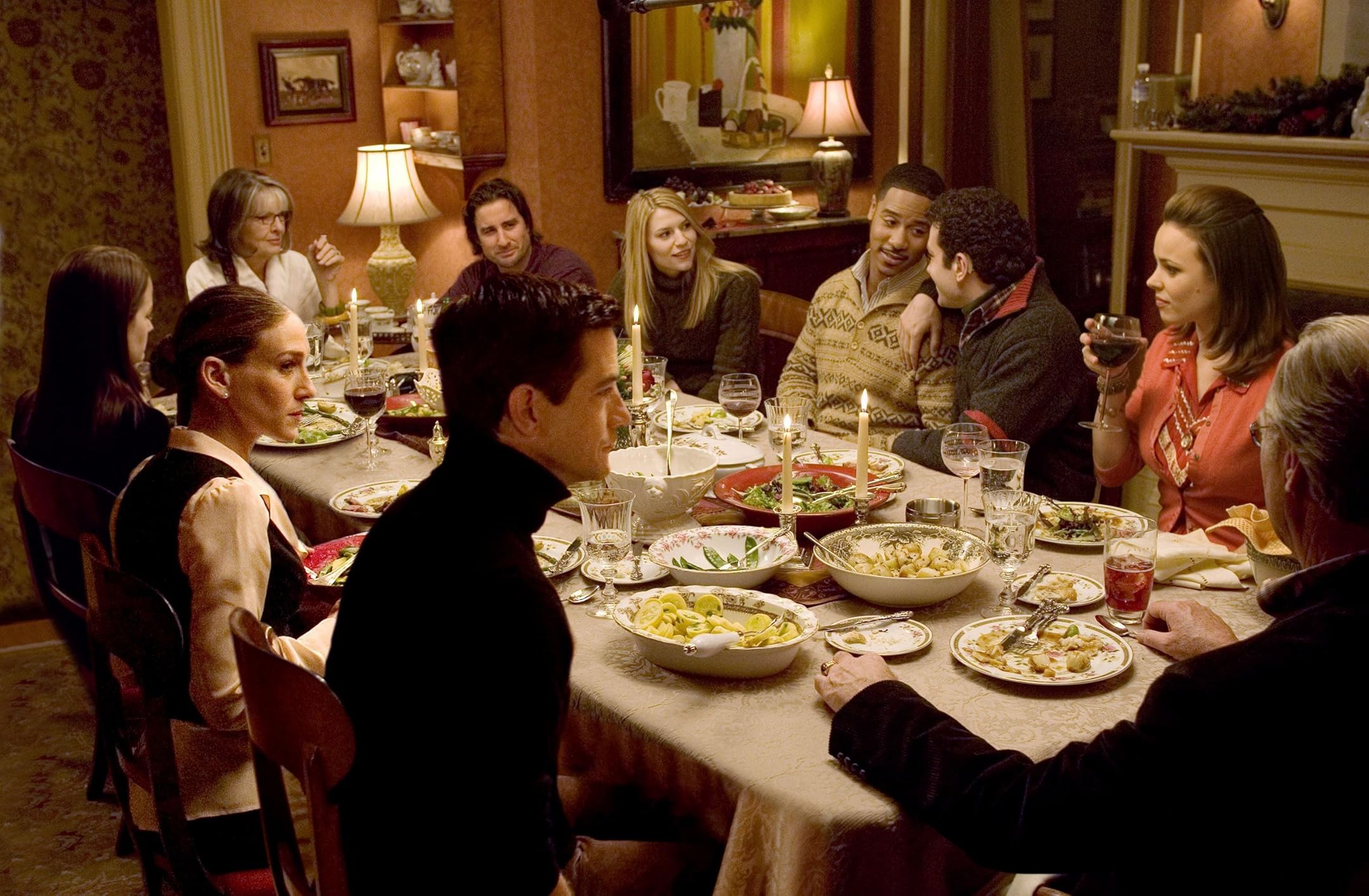
3. The Bar Scene: Meredith Finally Breathes
Away from the house, away from judgment, Meredith finds an unexpected sense of relief at a local bar — and in the company of Ben (Luke Wilson), Everett’s more grounded, more forgiving brother.
It’s here, whiskey in hand and walls down, that we finally see her not as the uptight outsider, but as a person craving connection, unsure how to ask for it.
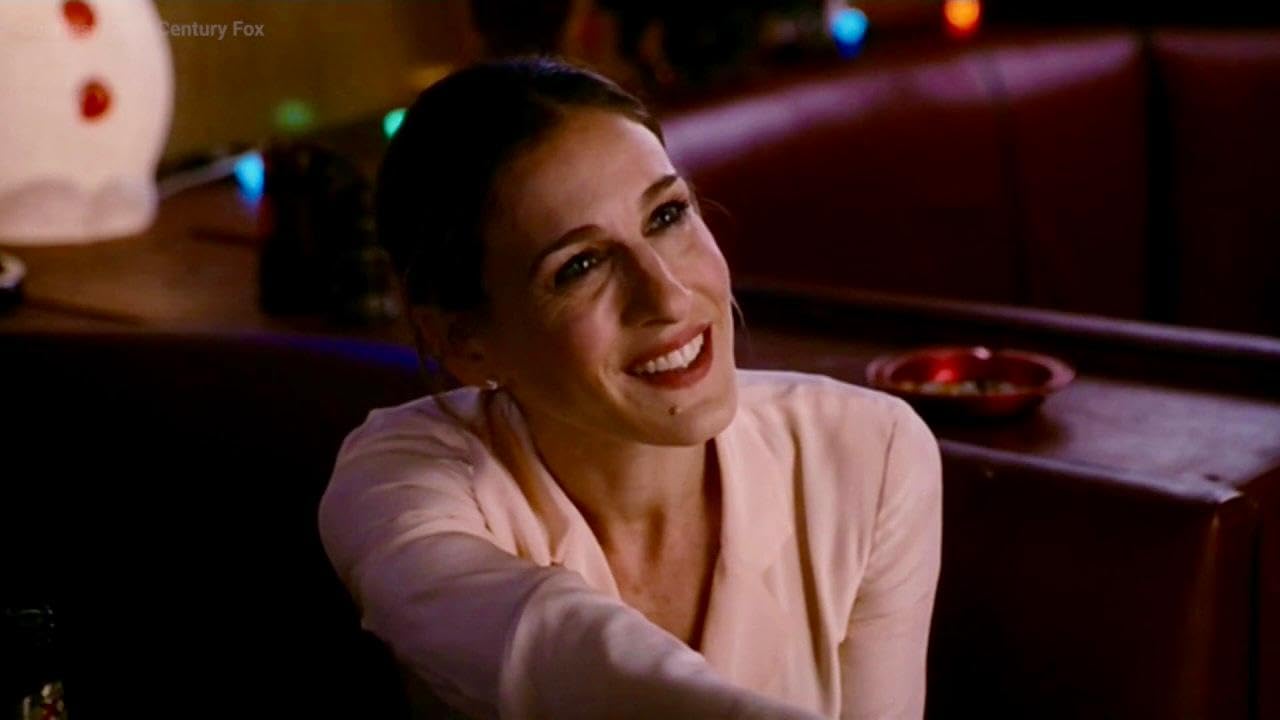
4. The Sleepover Switch
Sometimes, the biggest emotional shifts happen in silence. When sleeping arrangements change unexpectedly, new dynamics emerge. It’s a moment filled with suggestion — about relationships, regret, and unspoken desires.
Here, the film softens — not into romance, but into revelation.
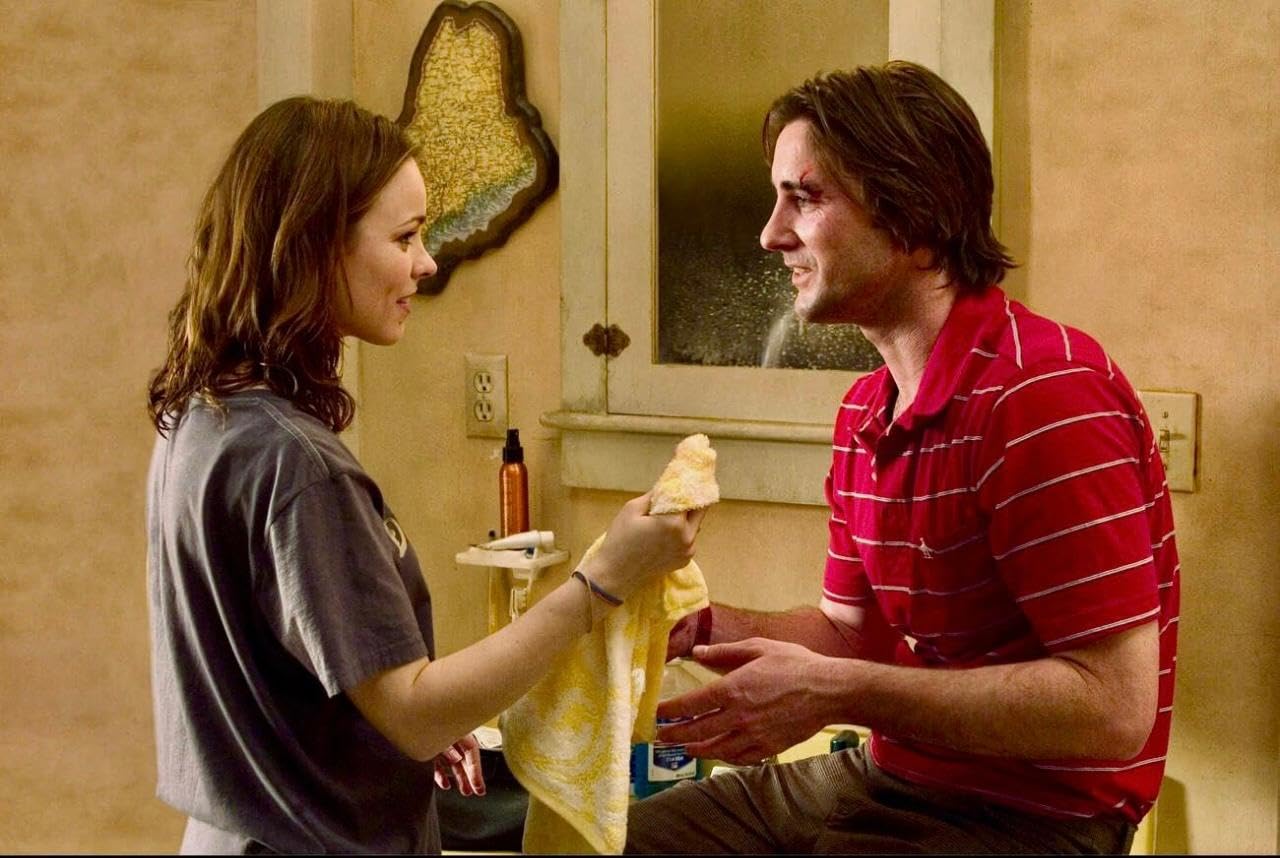
5. Christmas Morning and the Power of Stillness
The next morning, the wrapping paper rustles — and so do old wounds. A single look from Sybil says more than any speech.
This is where The Family Stone moves beyond snark and sharp dialogue, into something more poignant: the reality of loss, and the things we never say until it’s too late.
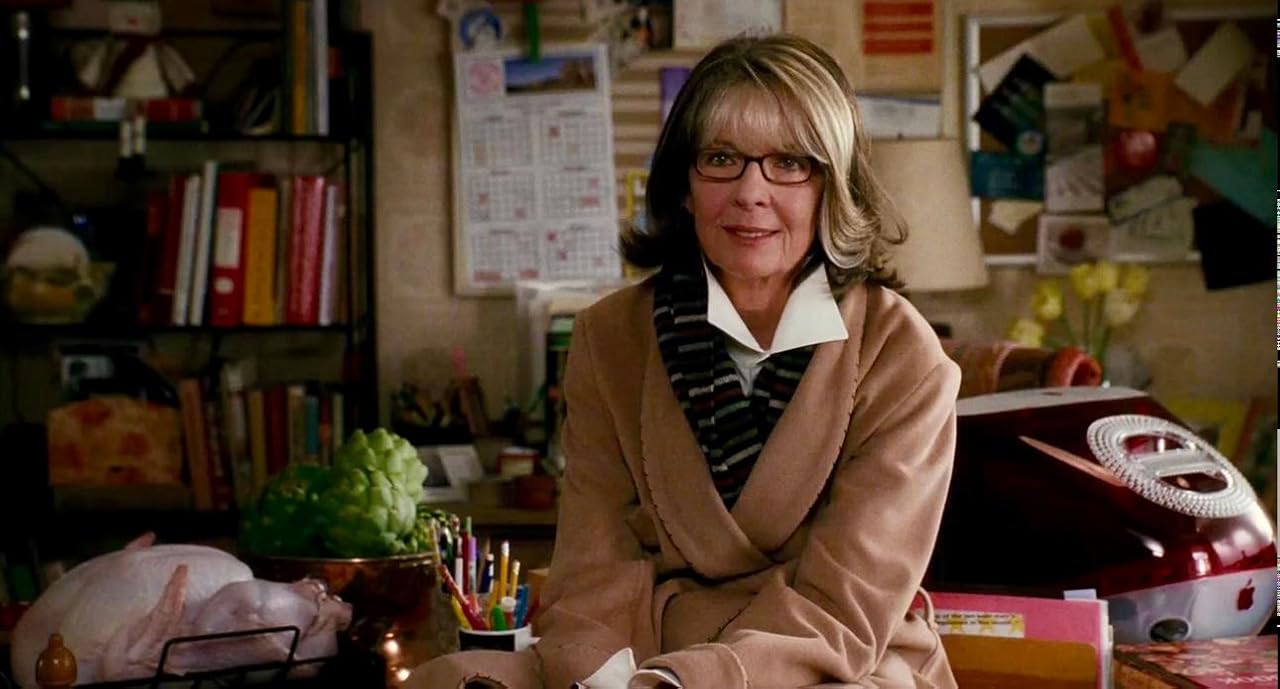
6. A Quiet, Earnest Ending
The film closes not with a grand resolution, but with gentle acceptance. Things are not perfect. People haven’t magically changed. But there is love — quieter, wiser, and more fragile than before.
It’s not a feel-good ending. It’s a real one.
🎬 The Family Stone isn’t always easy to watch — but that’s what makes it enduring. It captures the discomfort of being an outsider, the complicated beauty of family, and the way grief hides inside laughter.
Whether you remember it as a holiday favorite or avoided it for its tension, it’s worth a second look.
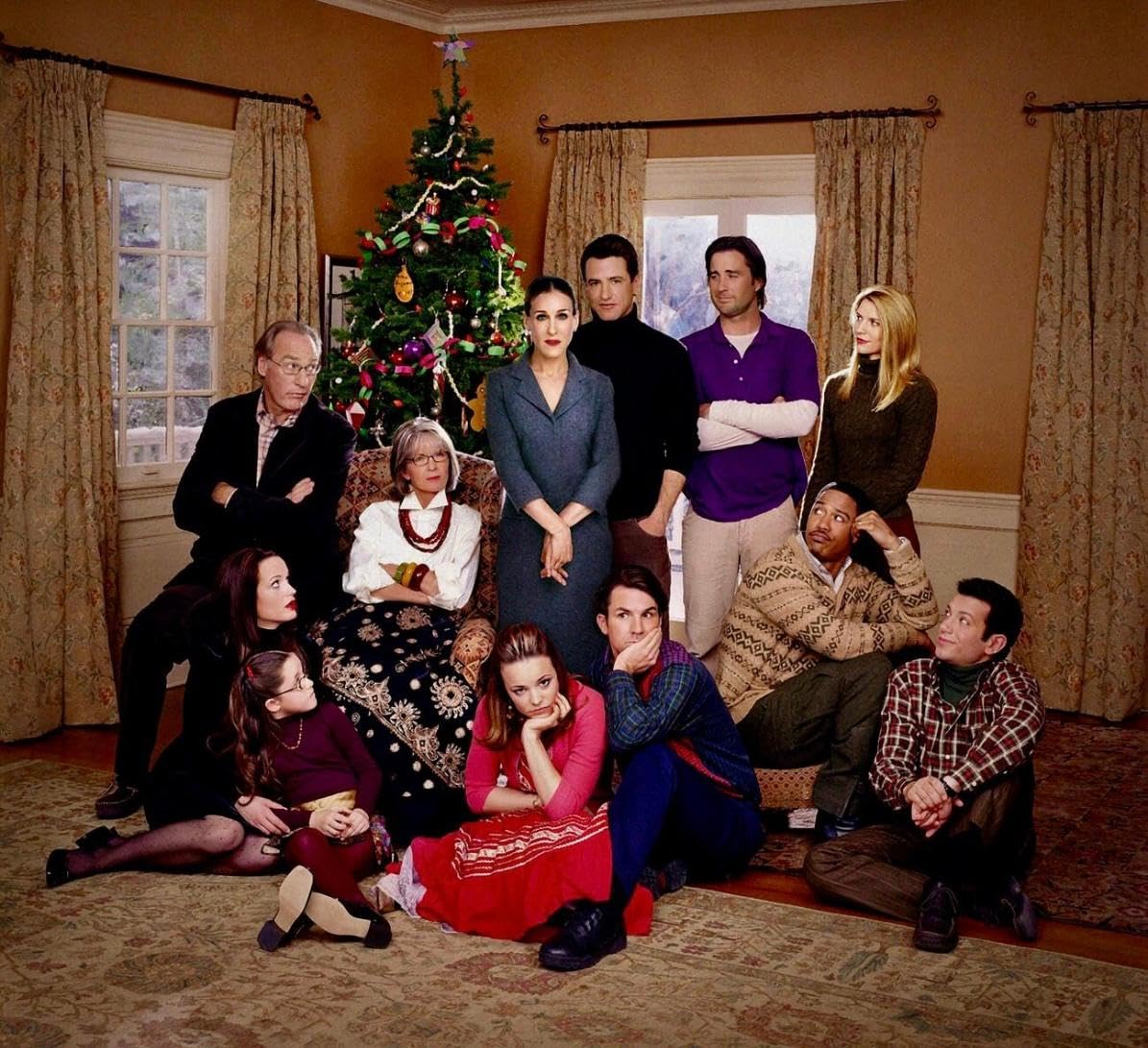
👉 Watch Moive:





